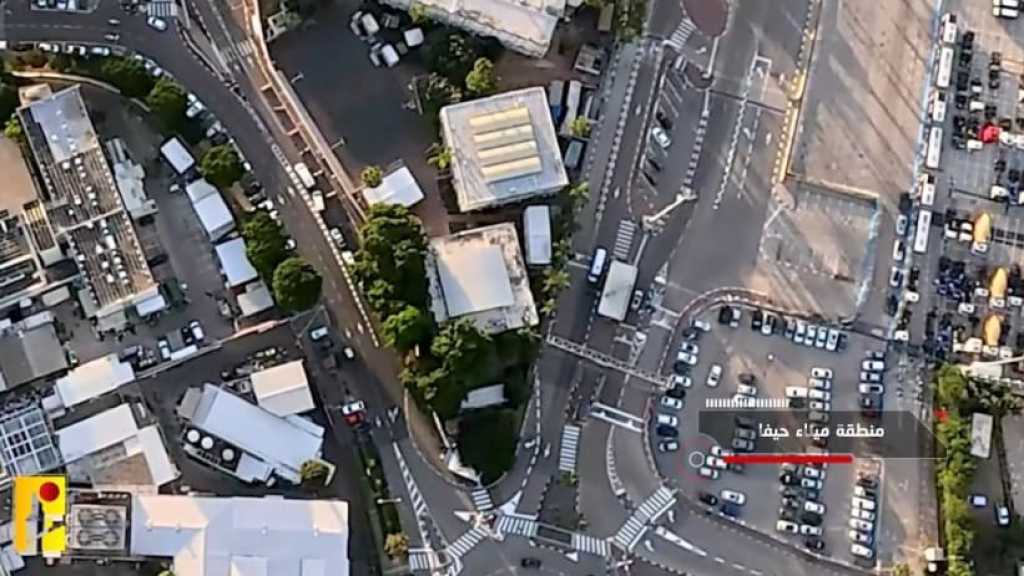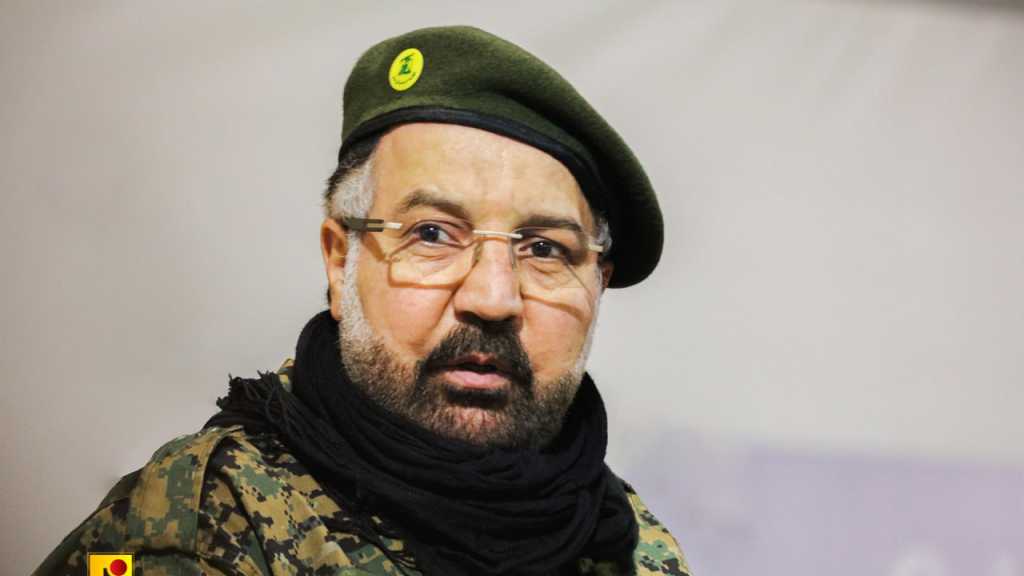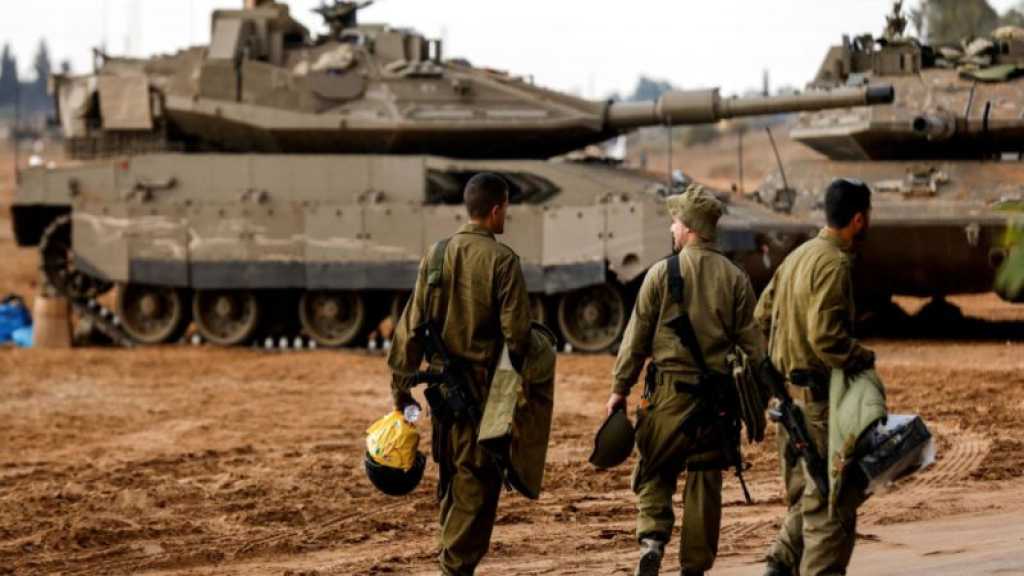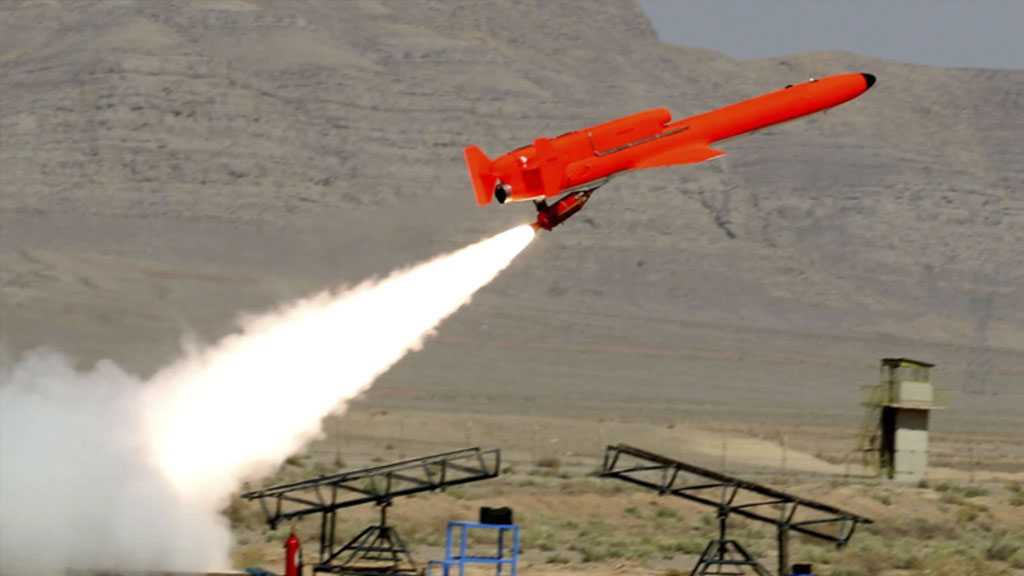Lessons Learned from First Year of The Ukrainian War
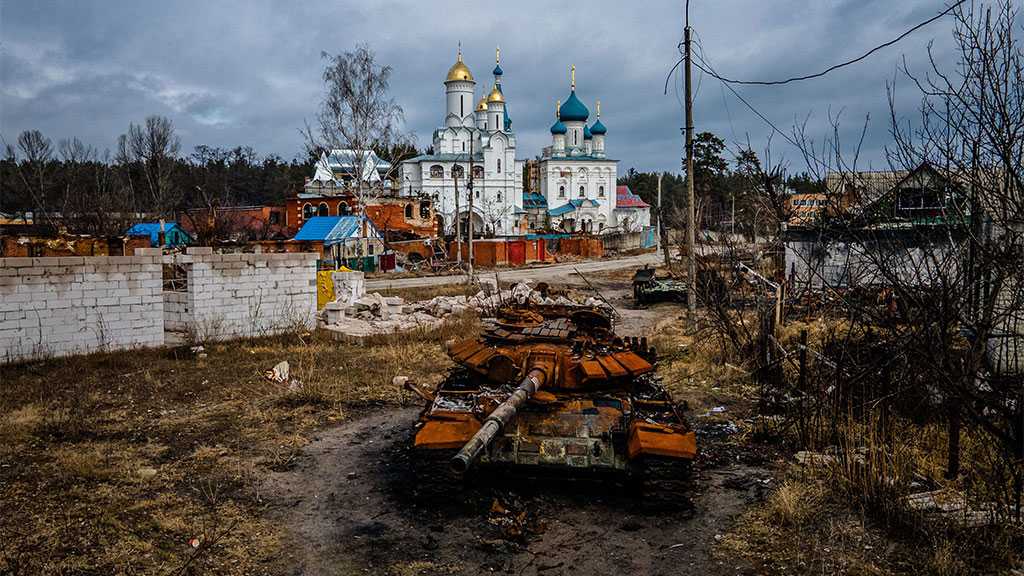
By Dr. Hosam Matar | Al-Akhbar Newspaper
Translated by Staff
1.Developing a decision-making system is part of the war
The Russian operation in Ukraine was an additional evidence that major countries possess highly specialized institutions and agencies with substantial resources in security, intelligence, politics and research, could engage in uncalculated adventures. The most recent examples are associated with the United States in its wars from Vietnam to Afghanistan and Iraq. These mistakes occur as a result of an inherent flaw in the decision-making process, resulting from pressure from the domestic sphere (severe divisions and major crises), or due to flaws in decision-making rules or relationships between the decision-makers. This flaw results in distortion in conclusions, assessments, and expectations, which push these countries towards choices based on incorrect assumptions. In addition, major powers sometimes suffer from excessive confidence or excessive fears linked to their history, glory, image, pride, belief in their material capabilities, broad definitions of their interests, and permanent readiness to seize the imagined opportunities.
The US policy in Ukraine was based on the concept of aggressive realism to achieve dominance and use Ukraine to contain Russia in its vital and historical sphere. This is seen by Russia as an ideal recipe for eliminating the Russian nation and its message. Therefore, Moscow had no choice but to stop the American project in Ukraine, which became active in 2014. However, the Russian strategy to achieve this was built on wrong assumptions, including underestimating the American incentive to stop the deterioration of the Western alliance and its institutional capabilities in defense and diplomacy, the lack of accurate knowledge of the development of the Ukrainian military force and the firmness of Ukrainian nationalism, which was reshaped on the basis of hatred for Russia through a Western-sponsored comprehensive and systematic process. And thus, Putin estimated that he would launch a special limited operation against a weak and isolated system, but he found himself in a wide-scale war against NATO as a whole.
The lesson learned here is that in a highly complex and intertwined world, those who want to engage in complex conflicts and competitions must improve their decision-making system to ensure sufficient information knowledge and the ability to process it systematically and comprehensively, to learn rapidly, and to recognize the ideological limits. Only then, taking the risk at the appropriate time is ok. Problems that affect the domestic policy or the structure of the political player may be reflected in the efficiency of managing conflicts and competitions, making it easier for opponents to practice deception and enticement. Maintaining, developing, and improving your system requires costly or sometimes risky measures [such as stimulating competitions within the political system], but it is part of the confrontation strategy.
2.The US is waking up, but at noon!
In the first year of the war, American performance was significantly efficient, whether in marshalling the West or strengthening the Ukrainian confrontational capabilities, restricting Russia’s options or managing the international arena. The United States, though in a historical decline, still has differential features in several fields. However, the focal point here is that Washington is making every possible effort to try to launch a historical awakening in which all its power drivers are mobilized, due to the consensus of the US elite that the country's position in the global system is facing an exceptional test that feeds on the high levels of domestic turmoil. Washington experienced this awakening at the end of the 1960s when it realized the extent of the Soviet technological progress and the catastrophic possibilities it could have on the struggle of the two nuclear powers. Therefore, Washington had no choice but to avoid losing the Ukrainian war, as it was at the beginning of a long-term fierce competition with China in an updated version of the Cold War.
The governing establishment in Washington is struggling to achieve a comprehensive US amplification in foreign policy in the next few years, which includes accelerating the building of deterrent military capabilities, enhancing international partnerships and integration, attempting to infiltrate the Southern countries, mobilizing the elements of internal power, and restoring and maintaining the institutions of the current international system. This is a difficult task, as the escalating internal divisions in the US, if not controlled by the US establishment, are most evident in the turmoil of the US foreign policy, and the international arena is witnessing structural shifts that are difficult to contain.
From what can be gained from this, is a precise understanding of the current American situation in its historical moment. We should not exaggerate the rapidness of its decline or estimate that it is losing the initiative, nor should we be driven by its apparent momentum to ignore its structural problems. In our region, Washington wants to avoid major wars, but with intense efforts to harness the Axis of Resistance and the swinging countries within its grand strategy to confront the Chinese challenge.
However, it wants the factor of time to be in its favor by building a system of allies and undermining the resistance system through: (1) military deterrence so that it can practice (2) suffocation and (3) infiltration while reducing the possibility of a wide-scale escalation as a result. Based on this estimation, the forces of resistance continue to build unparalleled and precise military capabilities enhanced by technology, while raising the combat spirit, cultural mobilization, and developing margins of maneuver and field risk-taking. However, the US remains in urgent need of a major awakening in the areas of compound/gray zone warfare, i.e., information campaigns, soft power, economy, cyber, and political warfare. This awakening requires flexibility and boldness in looking at the structure of the Axis of Resistance system in terms of institutional efficiency, rules of operating, inter-agency cooperation, decision-making mechanisms, production of elites and ideas, maintenance of popular legitimacy, networking of interests, and strengthening common identity elements...etc.
3.The rebellion of the southern countries: a divided world
While Washington succeeded in mobilizing the Western camp, it was surprised that the so-called Global South countries, including the emerging powers, defied following the US policy and kept their relationships with Russia, although they expressed an initial rejection of the war in Ukraine. Countries such as Turkey, Saudi Arabia, India, Iran, Pakistan, and the UAE continued to cooperate with Russia in vital issues of mutual interests (armament, energy, and evading sanctions). Similarly, global opinion polls showed high support for both China and Russia in the vast majority of the Global South countries. The Ukrainian war revealed the concentration of raw materials, energy, food sources, and precious metals in the southern countries and the dependence of a large part of the global supply chains on them. This was one of the motives of the recent American rush towards Africa and the reaffirmation of its security commitment in the Gulf region.
Cambridge University recently addressed a large number of surveys [covering 137 countries] to conclude that the world is sharply divided between a majority that strongly supports Russia and China in "non-liberal" countries [6.3 billion people] and a majority that strongly opposes them in liberal democracies [1.2 billion people]. The effects of this emerged during the Munich Security Conference [February 2023], where Western powers showed concern over the positions of the Global South countries, which seem to be frustrated with the international system that ignores their interests and is characterized by double standards and the pursuit of hegemony. Russia and China take advantage of this position to network economically and spread their political narratives. Therefore, recommendations were issued to listen to the concerns of the Global South countries and enhance cooperation with them in face of the economic, developmental, and health challenges, as well as reforming international institutions to grant some of these countries consolation prizes.
The increasing numbers of "swinging" countries that are seeking economic benefits, reclaiming their vital areas, or stabilizing their political systems in Asia, Africa, and Latin America, generate opportunities for the anti-US system forces [especially those who possess natural resources or important geostrategic positions or large markets] for regional cooperation, joint projects, and evading the sanctions systems [through local currency exchange, bartering, or selling at discounted prices]. The continuation of this trend of detaching interests between the Western system and the rising and developing world countries enables the emergence of alternative sharing systems [economic, financial, developmental, and political] that will accelerate, if successful, the transformation of the international environment to create an alternative to the post-Cold War system.
4.Washington is unable to divide its rivals.
Perhaps one of the incentives behind the Russian decision to assume that the issue would not require more than a special military operation, is that Moscow believed that Washington would find a major interest in the limited objection to the Russian operation to keep Moscow away from China. In any case, it appears that Washington preferred to strike rather than satisfy Moscow based on the principle of starting with the weakest opponent when facing two adversaries. Similarly, in the case of Iran, the American approach reduced the space for negotiation and settlement, pushing Tehran towards deeper alignment with the East. What is driving Washington in this direction is that the incentives for the opposing forces to confront it are high and all of them sense that they are facing a historical turning point that they will not give up on and will not be tempted by "the poisoned carrots."
This is a debatable point in the US, where some criticize the Biden administration's approach for ignoring that, apart from the common position of hostility towards Washington, the interests of the three powers are not homogeneous and that it is better to neutralize the weakest and isolate China. While the approach of the US administration believes that none of the three powers should be tolerated so that Washington can regain its credibility with its allies in Europe, the Pacific, and the Middle East and be able to enhance a binary narrative of the world, dictatorship/democracy or pro-/against- international system, as a necessary condition for rebuilding its world alliances that began to disintegrate after the war on Iraq in 2003. In this context, Washington is making efforts to isolate opponents from supply chains, especially in sensitive sectors, and is accelerating the energy isolation of Europe from Russia, to erase any form of Western dependence on the rising powers in all possible fields.
However, Washington is working hard to weaken the ties between these countries. It is exerting concentrated efforts and pressures [deterrence through intimidation, warning, and information campaigns] to prevent China from providing Russia with a clear aid. Then, it can use this to weaken China's image as a rising international power that can be relied upon. From this viewpoint, the amount of Western anger over Russia's use of Iranian drones, apart from its tactical impact, is related to concerns about the success of tests of networking and partnership between these forces.
Likewise, pressure is mounting to keep Chinese companies away from the markets of swinging countries through smear campaigns [unjust Chinese debts], threatening with sanctions, questioning the feasibility, and tempting with alternatives. Strengthening cooperation between countries and forces hostile to Washington should be built on an understanding of the limits of common interests, developing what can be mutual benefits, enhancing forms of communication and dialogue through bilateral and multilateral frameworks and institutions, especially regarding political, economic, financial, and technological alternatives, making the necessary compromises, and accumulating success stories.
The Western alliance's ferocity in imposing sanctions on Russia may have pushed other forces to be cautious, but it has also revealed to them that rising from within the structure of the existing international system is doomed to fail.
5.The militarization of the Western alliance
The Ukrainian war represented a golden opportunity for Washington to push its allies around the world towards rebuilding their military capabilities and allowing it to redeploy and expand within their own countries as it sees fit. A comprehensive militarization process was launched near China for the Pacific region, including Australia, Japan, the Philippines, South Korea, and Taiwan. In Europe, Germany returned to arming itself, and many European countries increased the scopes allocated to military spending from their national budgets, while Washington strengthened its military presence in Eastern Europe. In the Middle East, Washington launched a series of initiatives for military and security networking and integration, especially in the naval and missile fields, coinciding with the inclusion of the ‘Israeli’ entity in the US Central Command. Whatever the outcome of the war, Washington will be keen to rebuild Ukraine - or what is left of it - especially militarily, security, and economically, to become a sustainable vital challenge for Russia, making it just a regional power unable to initiate internationally. There are also calls for the establishment of a new Warsaw Pact that includes Poland and the Baltic States in addition to Ukraine.
This path aims to enhance the US deterrence against international competitors to prevent them from developing their interests and influence and restrict their ability to respond to the US attempts of tightening and infiltration. It also aims to militarily align with allies and reestablish stability in the swinging countries. The war has revealed a significant decline in the West’s capabilities in the military industry, which is finally evident in the decrease in ammunition supplies to the Ukrainian forces. This has prompted Washington and Moscow to redirect a portion of civilian manufacturing efforts towards the military field. This direction will impose severe pressures on the economies of the countries of the Western alliance that may trigger internal divisions, as well as revive historical fears among these countries, especially with the prevailing waves of nationalism.
Although the war emphasized the significant advantages of technology in the military field, especially in intelligence gathering and analysis, precision ammunition [missiles, shells, and drones], efficient networking of operational arms and their integration, and strategic management, it also reaffirmed the vital importance of the efficiency and capabilities of fighters [especially field officers] and their skills in innovating field solutions and independent thinking when necessary. It also highlighted the need to deal with the enemy's technological superiority [through intense dispersion, constant movement, expert concealment, and effective use of available asymmetrical technology at a reasonable cost] and fight within highly flexible, decentralized formations, in addition to high morale and spiritual incentives.
6.Nationalism is the last resort
The Ukrainian war confirmed the high advantages of mobilizing and investing the nationalist sentiment in geopolitical competitions. The new Ukrainian nationalism, which has emerged since 2014 under Western sponsorship, has enabled the rapid and cohesive construction of a socially solid military force, while at the same time the Russian nationalist sentiment is being fueled by the idea that there is a civilizational war that aims to uproot the Russian nation, which is still popularly fortified by President Putin despite his military forces' modest performance. In the end, nationalism is portrayed as meaning the national sovereignty, popular will, and cultural and religious particularities, in contrast to a renewed Western colonial project that seeks to infiltrate countries, seize their decisions, and destroy their cultural and civilizational elements, in order to subjugate them and seize their wealth. By the way, many Western newspapers in recent years have criticized the rising Nazi trend in Ukraine against people of Russian origin and Russian symbols, while the official Western discourse insists that the war in Ukraine is against a democratic government.
The global neoliberal trend diagnoses the nationalist wave as a serious threat, claiming that it is being exploited as a crane for anti-democratic, anti-individual freedom, closed-market, and irrational ideas. Therefore, there have been liberal discussions in recent years on how to withdraw the issue of nationalism from the hands of non-liberal entities and reconcile liberalism and nationalism. What worries the US establishment is that the triumph of nationalist models around the world enhances the power of the new right-wing trend in the United States, while the current US administration tries to convince Americans that the globalized US foreign policy is necessary for the American middle class. Increasing numbers of political actors adopt investment in nationalist symbols as a solid basis for building a strong and cohesive identity that makes them more capable of mobilizing and controlling society [or part of it] in the context of a specific political project. As for forces outside the Western camp specifically, they find in nationalism a fortress that achieves a kind of asymmetrical balance against the US hostility, with a tendency to integrate nationalism with another source of legitimacy of a religious or ideological nature.
This nationalist practice has been expanding in our region in recent years, either due to the US pressure to create rooted contradictions between the peoples of the region, or due to the need for ruling regimes to seek refuge behind a solid identity to overcome internal and external challenges. Often, there is a debate about the relationship between the national, nationalistic, and religious identity, and attempts are made to reconcile these identities or some of them, as in Turkey, Iran, and Saudi Arabia. The violent pressures of the globalized liberal cultural symbols on our societies create a need to combine a greater number of common symbols that can reduce the possibilities of cultural infiltration. Here, there are calls to revive Asian symbols in the identities of peoples in the West Asia region as an additional defense line and a bridge towards deeper relations with the emerging Asian powers.
Conclusion
The biggest dilemma in Ukraine is that the defeat will be catastrophic whether for Washington or Moscow, and existential for Ukraine. This generates the inclination that the Ukrainian war will not end with a decisive victory for either side, but will instead transform into a low-intensity conflict in the near future, with Russian forces controlling most of the territories in the four provinces or just in Donbass [i.e. without Kherson and Zaporozhye]. Then the parties will regroup, draw lessons, accumulate strength, and wait for a favorable political moment to resume fighting on a larger scale.
It is said that strategies are built on optimistic aspirations for the future and harsh tragedies of the past. Undoubtedly, the Ukrainian war, whose results are still open to all possibilities, will have a significant impact on decision-making processes, the understanding of modern warfare, the building of military power, and the trajectory of great power conflict during the current century. Without a decisive victory, each side can present their own narrative of victory in Moscow, Kiev, and Washington, while the victory for the others lies in improving their chances of winning when their turn comes.
Comments
